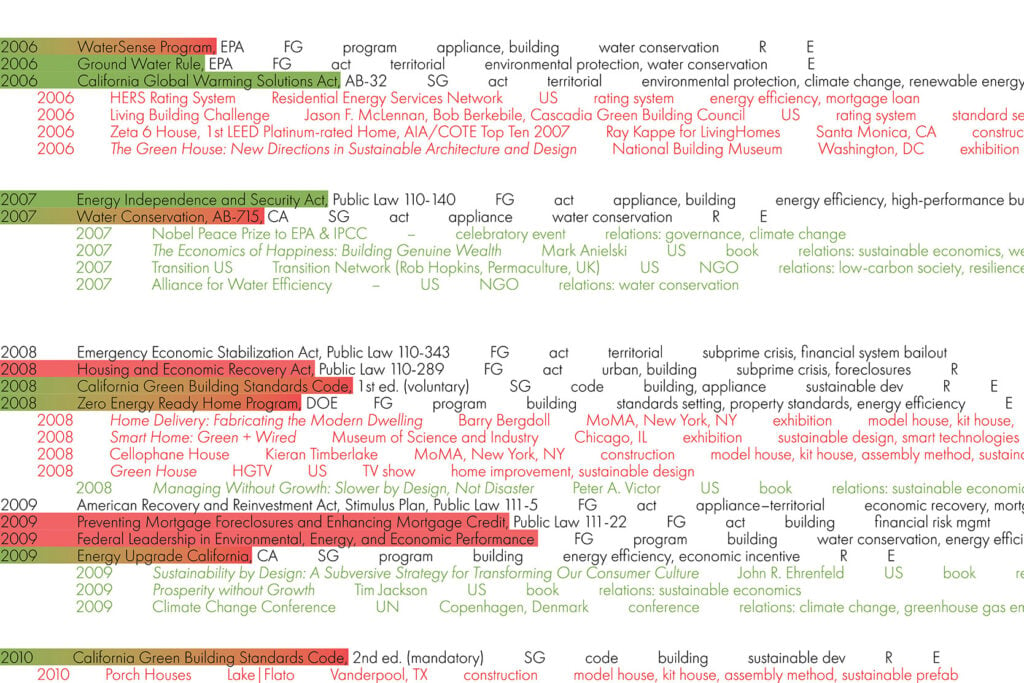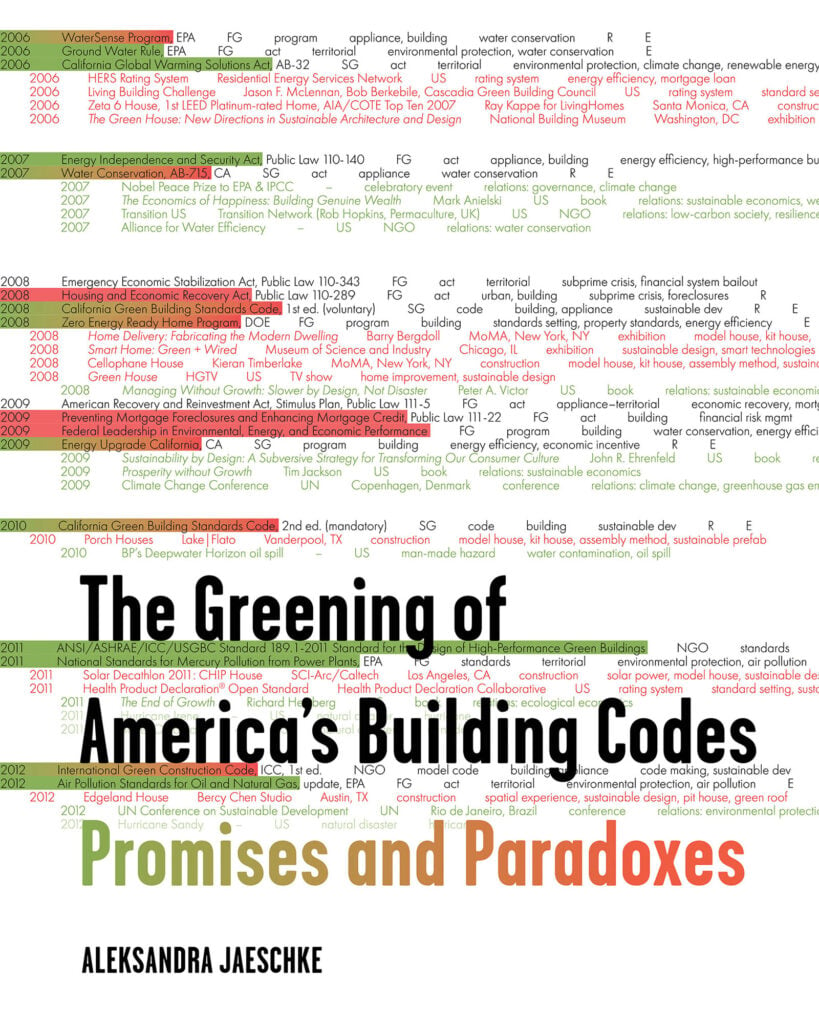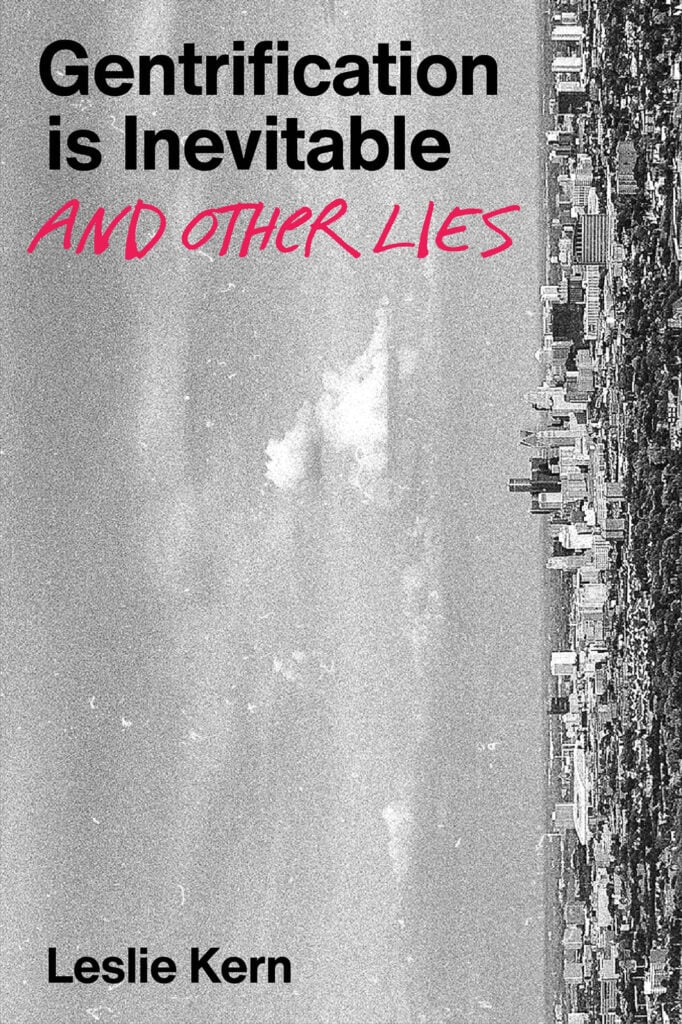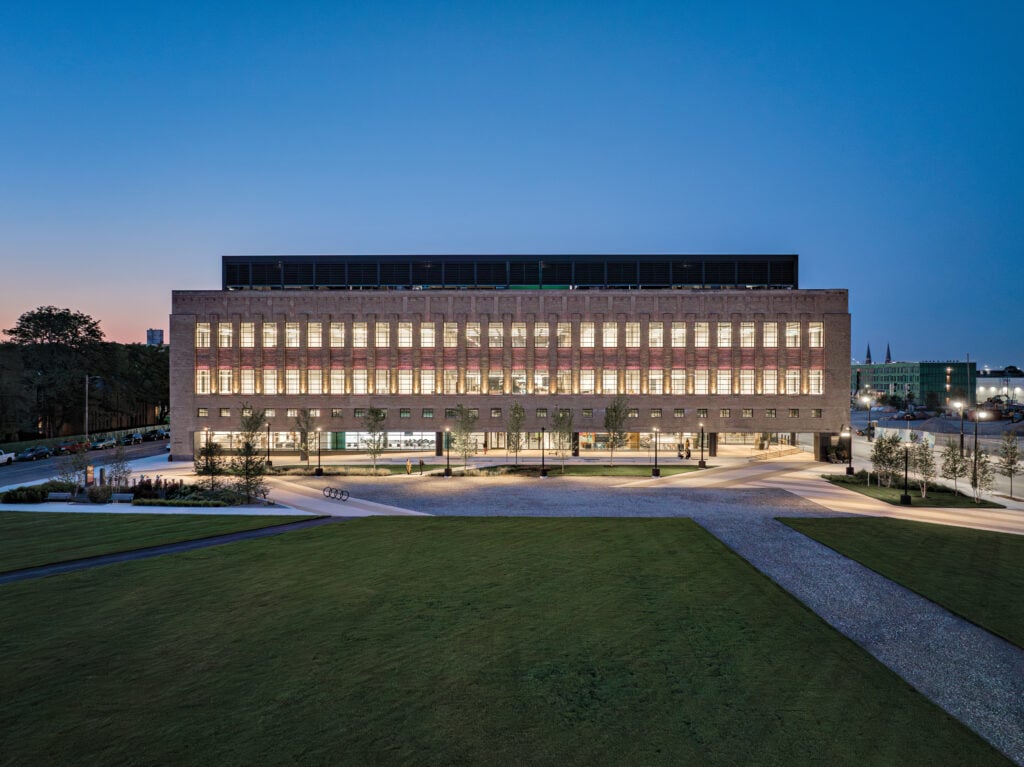
January 6, 2023
Two Books Chronicle the Changes Sweeping Cities
The Greening of America’s Building Codes: Promises and Paradoxes
By Aleksandra Jaeschke
Princeton Architectural Press, 240 pp., $29.95

Building on architect Aleksandra Jaeschke’s Harvard Graduate School of Design dissertation, The Greening of America’s Building Codes analyzes the history of residential U.S. building codes while also investigating the rise of environmental awareness that led to today’s green standards. By evaluating “how these two threads got entangled throughout the 20th century and how this entanglement was normalized by politicians, optimized by economists, and standardized in the circuits of code makers,” the book serves as a tool for architects, builders, and developers who want to understand the ways policy affects the environment.
She writes: “If designers truly wish to minimize the environmental impact of buildings and stay relevant as a profession, they need to expand their definitions of design, start to interrogate the regulatory circuits, and recognize predesign as a critical aspect of spatial practice.”
Gentrification Is Inevitable and Other Lies
By Leslie Kern
Verso, 256 pp., $24.95

Revitalization, reurbanization, renewal, revival, regeneration. According to Leslie Kern, author and geography professor at Mount Allison University, in Canada, these are all “words that have bubbled up out of planning and policy discourse designed to hide displacement and hierarchies of power.” Aside from their alliteration, these terms, so popular with pro-development city planners, politicians, and real estate agents, have something else in common. They’re often used as euphemisms for another controversial term: gentrification.
In her new book, Gentrification Is Inevitable and Other Lies, Kern dissects seven common myths about gentrification, asserting that any study of the urban phenomenon should be examined not only in terms of class but also through the lenses of queer-feminist, anti-racist, and decolonial points of view. The final chapter explores these three frameworks in depth, offering actionable steps toward a more equitable urbanism that centers such concepts as infrastructures of care, Land Back movements, reparations, and environmental justice. Kern writes, “Not only is an intersectional analysis likely to help clarify the outcomes of gentrification, it also offers hope for intervention. It’s imperative to ask: What are we not talking about when we talk about gentrification?”
Would you like to comment on this article? Send your thoughts to: [email protected]
Related
Viewpoints
How Can We Design Buildings to Heal, Not Harm?
Jason McLennan—regenerative design pioneer and chief sustainability officer at Perkins&Will—on creating buildings that restore, replenish, and revive the natural world.
Products
Behind the Fine Art and Science of Glazing
Architects today are thinking beyond the curtain wall, using glass to deliver high energy performance and better comfort in a variety of buildings.
Profiles
Inside Three SoCal Design Workshops Where Craft and Sustainability Meet
With a vertically integrated approach, RAD furniture, Cerno, and Emblem are making design more durable, adaptable, and resource conscious.





